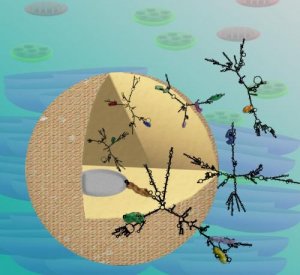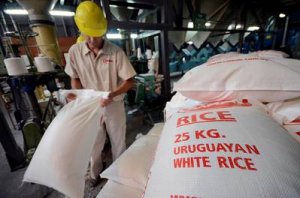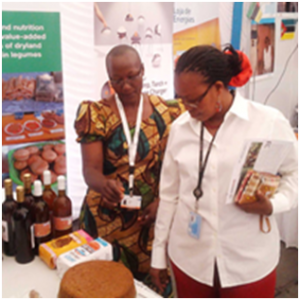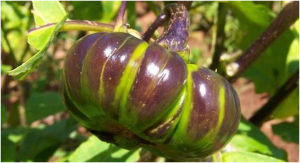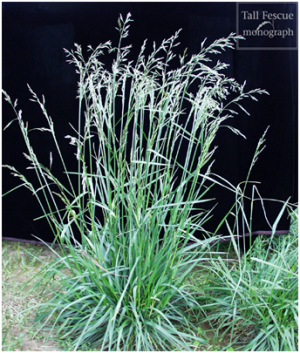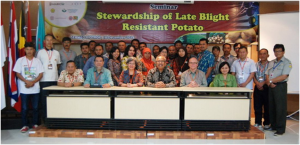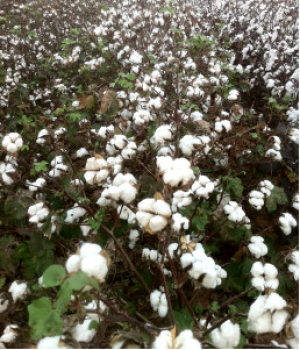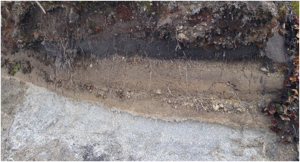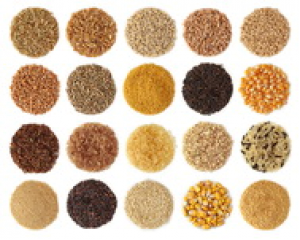|
Reply to Sun et al.: Deposition of organic nitrogen
Thursday, 2016/08/04 | 08:24:44
|
|
Yi Li et al. (2016) PNAS August 2 2016;
In PNAS, we (1) highlight changes in the balance of oxidized and reduced nitrogen contributions to United States reactive nitrogen deposition, pointing out that decreases in nitrogen oxides (NOx) emissions, combined with modest growth in ammonia emissions, have altered the inorganic nitrogen deposition budget from majority deposition by oxidized species (nitric acid and nitrate) in the early 1990s to majority deposition by reduced species (ammonia and ammonium) today. Our analysis was conducted using measurements of individual species concentrations and, for wet inputs, measured deposition fluxes, to overcome some of the limitations of prior analyses based on simulation by large-scale chemical transport models.
Sun et al. (2) respond and suggest that it is important to also include organic nitrogen deposition. In our original paper (1) we exclude organic nitrogen from the analysis because it is rarely measured, its speciation is not well characterized, and model simulations of organic nitrogen are challenged by a lack of information concerning its chemical composition and limited validation against measurements.
Sun et al. (2) use the multimodel mean prediction of several global climate-chemistry models included in the Atmospheric Chemistry and Climate Model Intercomparison Project (ACCMIP) (3) to estimate oxidized and reduced fractions of reactive nitrogen deposition over the United States. The models include organic nitrates and other oxidized nitrogen compounds and simulate 4–10 y (depending on the model) of deposition. Sun et al. (2) conclude from this analysis that most regions in the contiguous United States are still dominated by oxidized nitrogen.
Although we fully agree that including organic nitrogen is important to understanding reactive nitrogen deposition budgets and should be an active priority for future research, we question the ability of the approach presented by Sun et al. (2) to provide an accurate analysis of the situation, especially for the 2010–2012 period of our analysis. Beyond the challenge in accurately simulating organic nitrogen deposition in current models, our two main concerns are as follows. First, the model simulations reported by Sun et al. (2) include oxidized forms of organic nitrogen but fail to include reduced forms of organic nitrogen. As Jickells et al. (4) point out in a recent review of organic nitrogen, its chemical speciation is uncertain but there is some evidence suggesting that, at least for soluble organic nitrogen, reduced forms may be more abundant than oxidized forms. Second, the modeling period used by Sun et al. (2) (only through 2004 in some models) does not adequately capture large reductions in United States NOx emissions starting in ∼2005. Reported US National Tier 1 NOx emissions (https://www.epa.gov/air-emissions-inventories/air-pollutant-emissions-trends-data) decreased by one-third between 2005 and 2012, contributing strongly to the shift away from the oxidized nitrogen deposition that we reported. We also note that, despite the focus of their comment on organic nitrogen, Sun et al. (2) do not actually report contributions of organic nitrogen to their nitrogen deposition estimates.
See http://www.pnas.org/content/113/31/E4435.extract.html?etoc |
|
|
|
[ Other News ]___________________________________________________
|

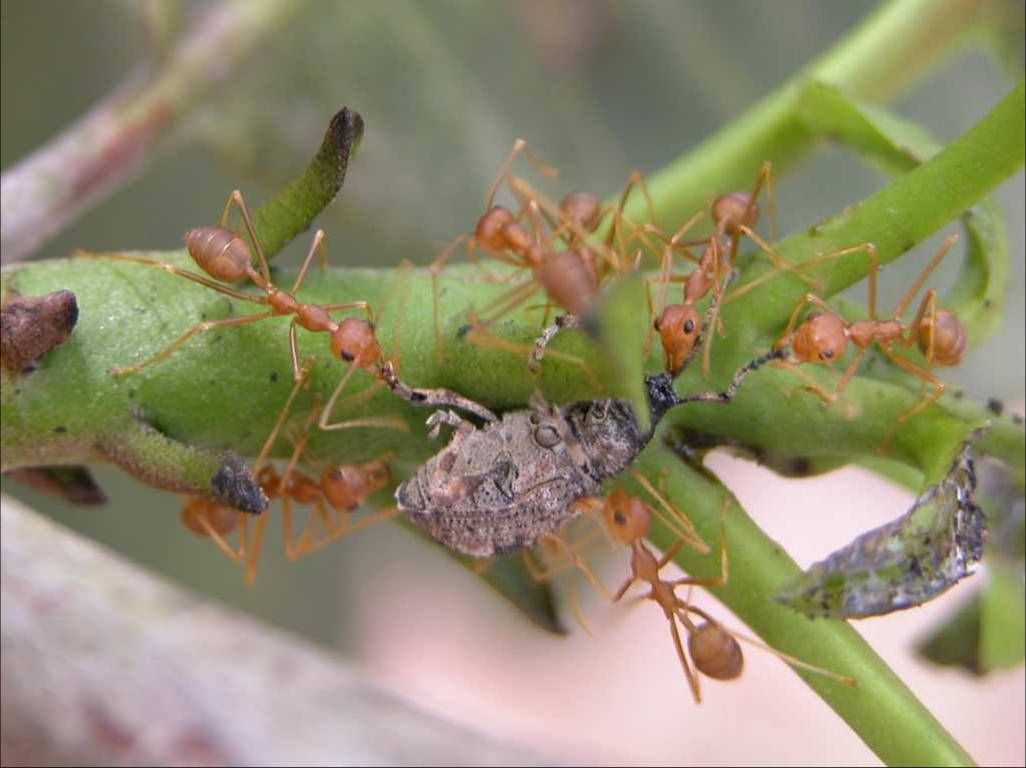
 Curently online :
Curently online :
 Total visitors :
Total visitors :
